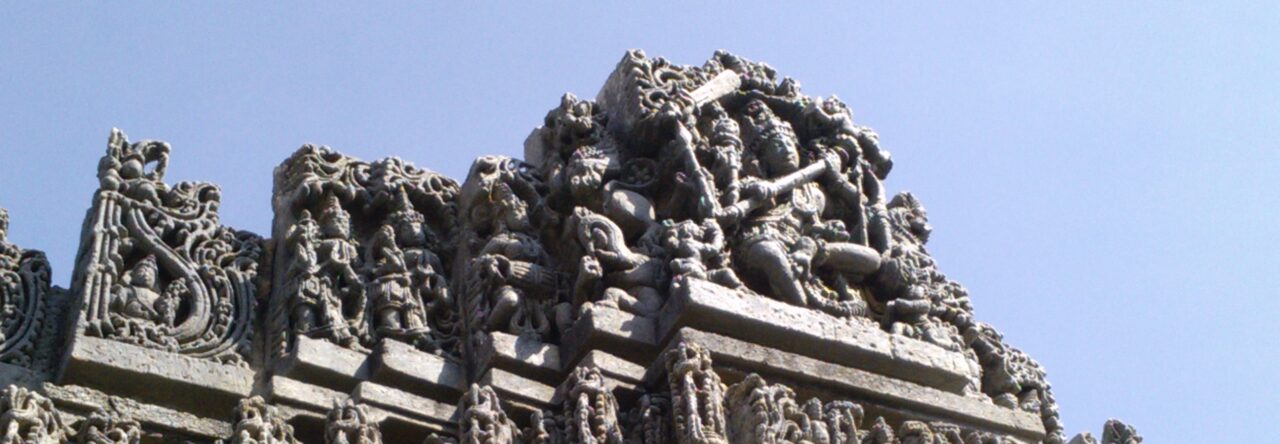The story of Oomaithurai, brother of Kattabomman is a gripping tale. Overcoming his physical challenge he had fought his level best to send the British out. Read to know more…
Category: Bravery/Indian History Page 1 of 2
This is the eleventh story in the series ‘Celebrating seventy-five years of Independence’. A story of a brave young woman who dared to go to any extent to free her country from the clutches of the British. Read to know more…
This is the narration of the life story of a warrior from Andhra Pradesh who sacrificed his life for the cause of the tribal people who were tortured and enslaved by the British. Read to know more..
The ninth story in the series ‘Azadi Ka Amrit Mahotsav- Celebrating seventy-five years of Independence’ is about a revolutionary freedom-fighter from Bengal. The anti-British revolutionary spirit among many of our freedom fighters and their open resistance to the British, went a long way in our getting Independence. Sadly, not many of their stories have been […]
We have heard a number of stories of warriors sacrificing their lives for their country, but here is a story of an unusual sacrifice, by a sculptor. Read to know more.
This is the story of one of the lesser- known woman warriors who fought the British. Her name was Rani Avanti Bai Lodhi. Read on to know her deeds of bravery..
This is the story of a patriot U Kiang Nangbah of the Jaintia tribes. He vehemently opposed the British when they started interfering in all the customs and traditions of the tribes. Read on to know more…
This is the story of the brave heroine Jhalkari Bai who with her uncanny resemblance to Rani Laxmi Bai fooled the British. Read to know how…
This is not the story of Manikantan or Hariharaputran, but that of Ayyappan. Yes, he was different from Manikantan. Read to find about this historical figure
The story of a freedom fighter who dared to compete with the British in their shipping business. Read on to find out how…
Page 1 of 2
